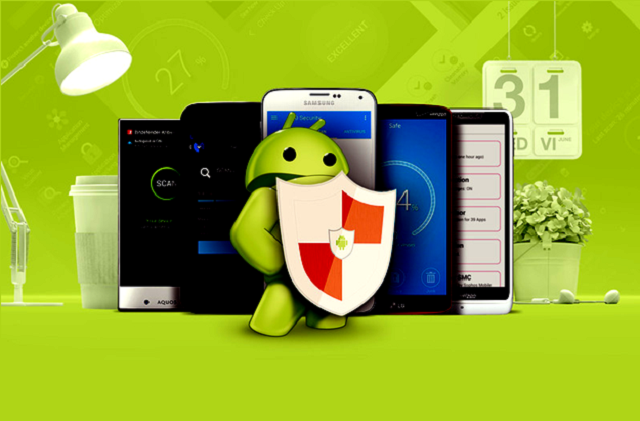A part of Uber’s autonomous cars isn’t riding as expected by the company of Uber. Documents published around the firm’s autonomous driving clue, which Recodes acquired, gives us a first look at the advancement of the ride-hail firm’s autonomous cars in Pennsylvania, California, and Arizona. Uber’s autonomous cars are firmly raising the number of miles consumed by self-driving.
But the price on travelers experience is stated as a union of how many times operators need to endorse and how flatly the car operators are quiet exhibiting little advancements. It’s quite recent in Uber’s testing. Alphabet’s self-driving firm, Waymo, has been functioning on its own self-driving tech from 2009, for example, and although it has extremely enhanced year over year, the system quiet examines a small quantity of what are known as detachment.
Usually, when the operator has to take over for the system we have related to Uber for comment. Making a successful creation of autonomous car technology has become an important role to Uber’s efficiency. It would grant Uber to accomplish higher sales for each ride as it would maintain all of the expense.
Uber has at present experienced losses in some retail somewhat on account of acquiring to attempt subsidies to lure the operators. Computers are inexpensive in the deep run. As a whole, Uber’s self-driving system is assuming on much more miles than it achieves in January. Last week, the company’s 43 active cars run on 20,354 miles by self-driving mode, with respect to the documents.
This is the second time as for late December 2016 that its cars have directed more than 20,000 miles in a week. In January, the cars only initiated at 5,000 miles. Nevertheless, the firm had about 20 effective vehicles, most probably in Pittsburgh. By the month of February, the firm’s cars were driving by self around 18,000 miles a week.
Number of miles Uber’s cars run autonomously in a week
Uber riders took around 930 drives in these self-driving cars in Pittsburgh last week and about 150 rides in Phoenix. To be apparent, these vehicles quiet had an operator at the wheel to take up if necessary. In Pittsburgh, where Uber began its economic autonomous driving pilot in September, the firm has been accomplishing around 800 or more UberX rides per week in a semi-autonomous way at the middle of February.
Although Uber has a lot of cars on the street than earlier month and has enlarged its weekly self-driving measure both good advancements the firm’s human operators even acquire the system several times than they did in January. Uber uses a lot of metrics to find out how its systems have advanced. It includes the typical number of miles a car operator by themselves before an operator has to endorse for any reason.
The average number of miles amidst particular interventions when an operator has to bypass making it ruin, such as striking gamblers or making the material featuring damage. The average numbers of self-driving miles amidst bad experience things like uncontrolled motions, which are more probably to cause trouble than a loss.
For instance, by the weekend of March 8, the 43 operating cars on the road only drives an average of 0.8 miles once the safety operators had to endorse for one reason or the another. They are known as miles per intervention, which indicates all the time’s operators have had to withdraw control from the system by the progress of a week.
The cause for these interventions can change, but that can alter operating uncertain road markings, the system switching a turn or riding in brutal weather. The statement doesn’t include unexpected disengagements, end-of-route disengagements, and early addition. This has become a simple deterioration from earlier this year. By the end of January, the operator had to support near to once per 0.9 miles; Uber strike the one-mile mark in the first week of February.
Time taken by the Uber’s driver need to ratify self-driving cars
The total number of autonomous driving miles Uber car operates divided by the number of times an operator had to adopt forbidding any accidental or usual disengagement. This is what the firm calls it as important interventions and a safety operator had to adopt to prevent critical events that would have emerged in a car striking a person or making more than around $5,000 in wealth destruction if an operator didn’t take over.
The most important news is the number of miles amidst these essential interventions has improved at present. Last week, the firm’s cars drove nearly 200 miles amongst those types of circumstance that need an operator to take over.
While it is advancement from the previous week, which was around 114 miles amongst detracting intercession, that advancement hasn’t been stable. This indicates that the cars are not certainly getting safer. By the end of January, operators need to endorse after an average of 125 miles journey, but that discontinued to about once per 50 miles in the first week of February.
Those numbers then raised over two weeks but discontinued again in the first week of March. Part of it can be credited to the cars being brought into the new places and on new routes, like a unit of Arizona, or having to run around objects or road markings they don’t admit. Precisely we can say that the systems are still learning.
How long Uber’s drivers had to support to bypass critical events
The total number of self-driving miles Uber’s cars drove to the times an operator had to support for avoiding a painful event. The cars had a lot of bad experiences by the end of the week on March 8 than in January. The miles steer between things like a self-directed hard strike or direct car jerks and movement has released from more than four miles in January to less than two miles as of last week.
In some other words, cars went an average of two miles without sudden movement or bad experience. These happenings have less to do with security and more to do with the total traveler experience and how flatly the car is capable of driving it yet.
How frequently protective operators have to adopt Uber’s autonomous driving cars
The total number of self-driving miles Uber’s cars drove by the number of times a driver had to assume forbidding any regular detachment. An alternate document that particularly figures out cars in Arizona, Uber’s autonomous driving team wrote that the traveler’s experience in one portion of the state, Scottsdale Road, was not considerable.
The cars only drive 0.67 miles amidst intercession and two miles between the bad events. The firm has yet to allow travelers into vehicles along that path and said they would have to reconsider if that route is ready after the team worked on some of the errors, according to the email.
While Uber has still to openly note its autonomous driving miles and separation, all the other firms operating in California have to comply their reports for the last two years. Anyhow, it’s not accurately productive to analyze the reports side by side. That is generally because each firm is at a distinct stage in its autonomous driving development and has accomplished different levels of testing on general roads.




